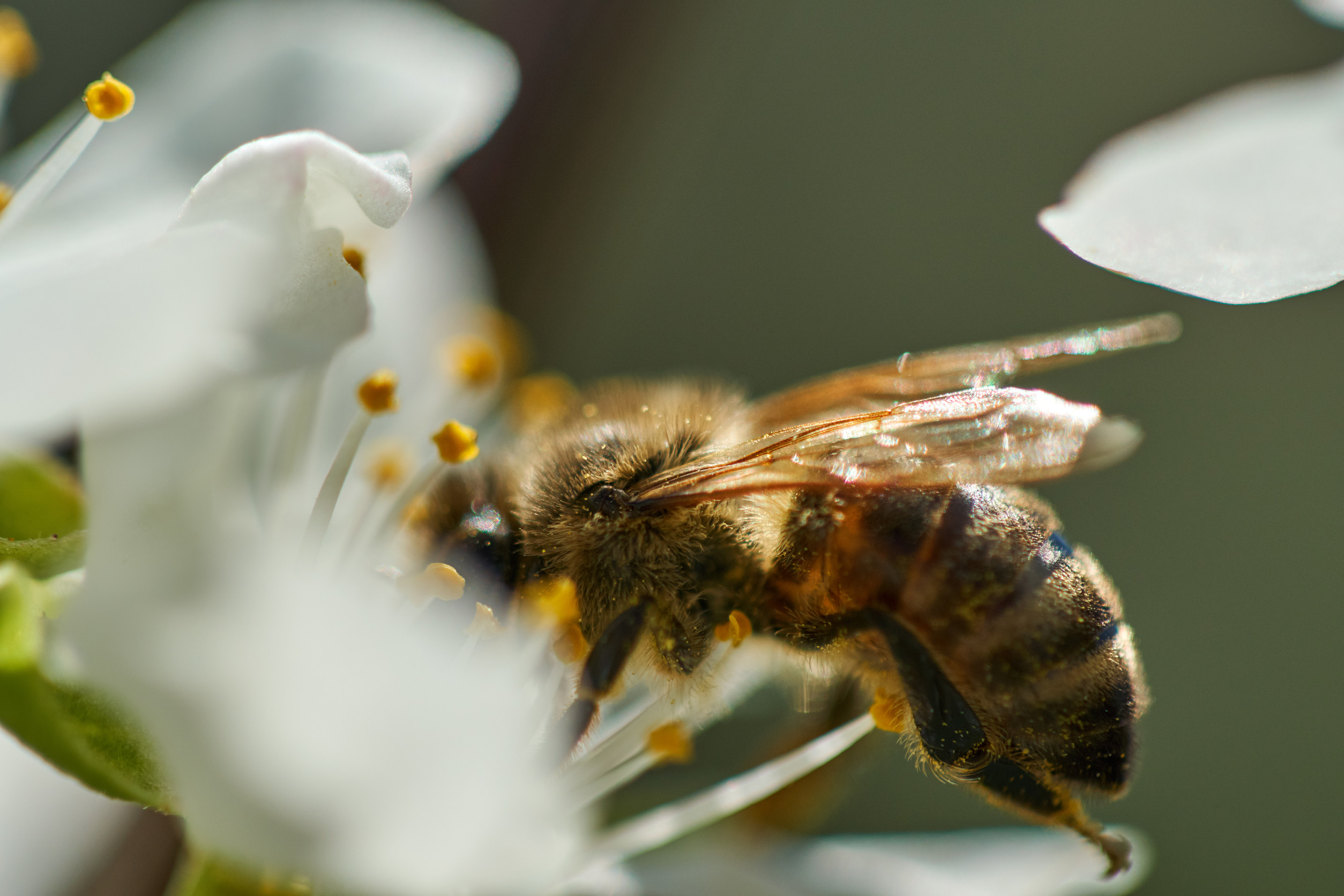BY THE OPTIMIST DAILY EDITORIAL TEAM
Stress manifests itself differently in all of us. Some of us have stomach pains, others headaches. Or maybe your shoulders tense up when you’re under pressure. An office is a place of peak stress for many people, but simple mindfulness techniques can help you take stock of your stress levels and recalibrate to a place of calm and focus.
Taking five minutes from your day-to-day routine for a simple desk meditation or breathing practice will bring more awareness and mindfulness to your workday. Everyone is different so here are a few different exercises to try.
“Desk-body scan”
As you practice this meditation, you will begin to learn where tension is in your body and can focus on areas where you hold stress. Even just five minutes of self-awareness can help your day go more smoothly.
- Sit up straight with eyes open or closed. Imagine there is an invisible cord running from your tailbone to the top of your head.
- Mentally scan your feet, ankles, and legs. Do you notice any unusual sensations or places of tension?
- Continue your mental scan up your torso making note of areas of discomfort and think of softening any areas of held anxiety.
- Adapt this self-scan to work for yourself and your workplace. Maybe you do it when you first sit down in the morning or at lunch.
Pranayama
This is the yoga practice of using the breath to soothe the active mind. We are always breathing but mostly unaware of it, so use this fundamental anchor to help bring you back to the here and now amidst the office stress.
Breathing finger taps
The purpose of this exercise is to focus your mind on something other than current stressors.
- Sit comfortably and take 3 slow deep breaths to settle into the practice.
- Press both pinkies into your lap as you inhale and count up to 5, then hold your breath for a moment.
- Exhale as you count down from 5, then release your pinkies.
- Repeat across each pair of matching fingers all the way to your thumbs.
- Work your way backward from the thumbs back to the pinkies.
Take a gratitude break
Gratitude sends waves of the “feel-good” neurotransmitter dopamine in your brain, while simultaneously decreasing the stress hormone cortisol. Frequent practices of gratitude retrain your brain to choose optimistic thoughts more regularly and retrain the neural pathways in your brain. To carry out this practice, write down 10 things you are grateful for, like specific memories, moments, people, or things that bring you real joy in life.
Calming visualization
Stop, close your eyes and visualize a place that fills you with joy. What would you describe in your safe place? Perhaps your favorite beach rope swing from your childhood? Or maybe a completely new imagined world!
Relax and take a second to think about this place. What sensory experiences do you have here? What do you hear? Smell? What textures do you feel? Stay in that calm place for as long as your like to give yourself a little break from your hectic schedule.
In any of these practices, it’s important to remember not to get annoyed at yourself when you get distracted. The best way to approach distraction is to acknowledge the thought or emotion, thank it for coming to you and then continue your mindfulness practice. For some more meditation tips for the busy mind, check out this article.











